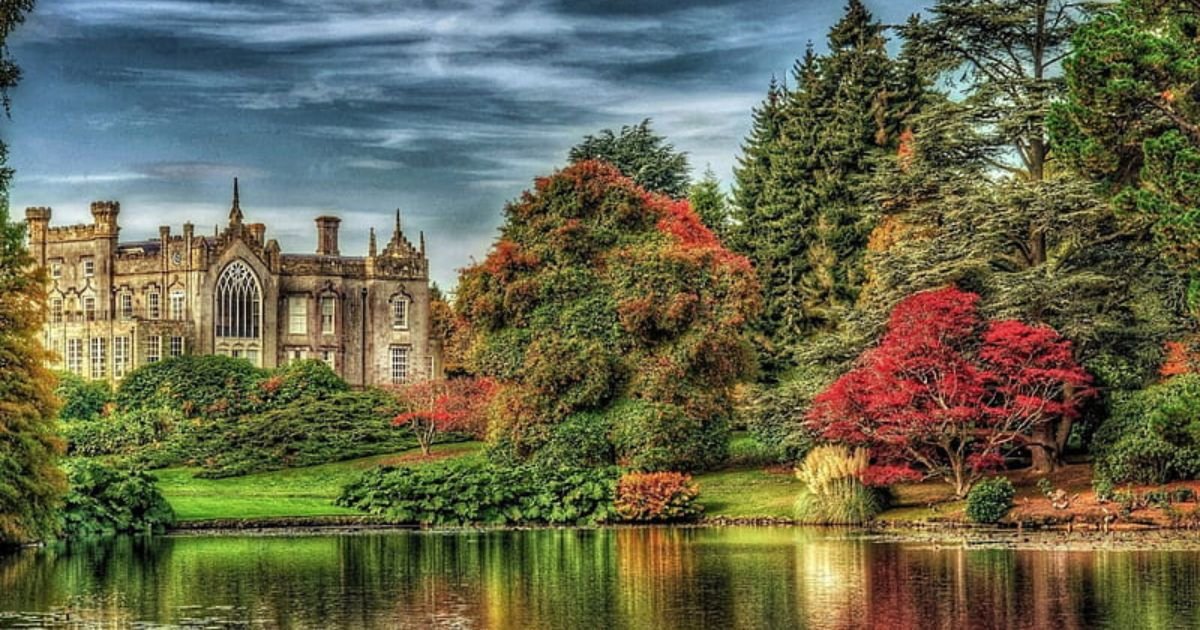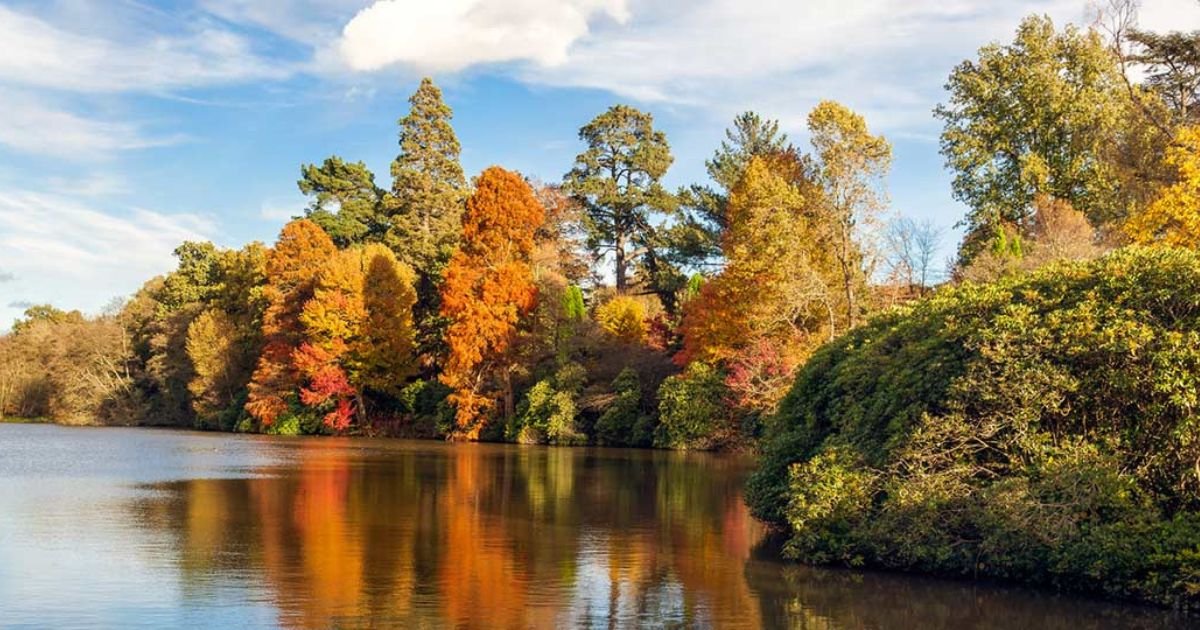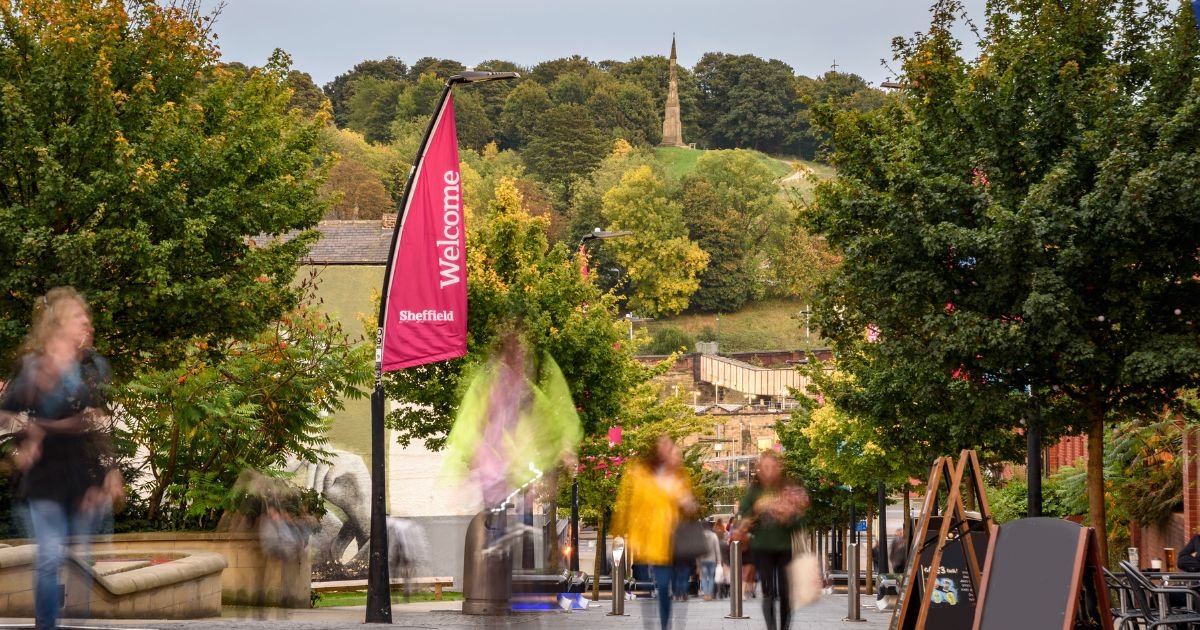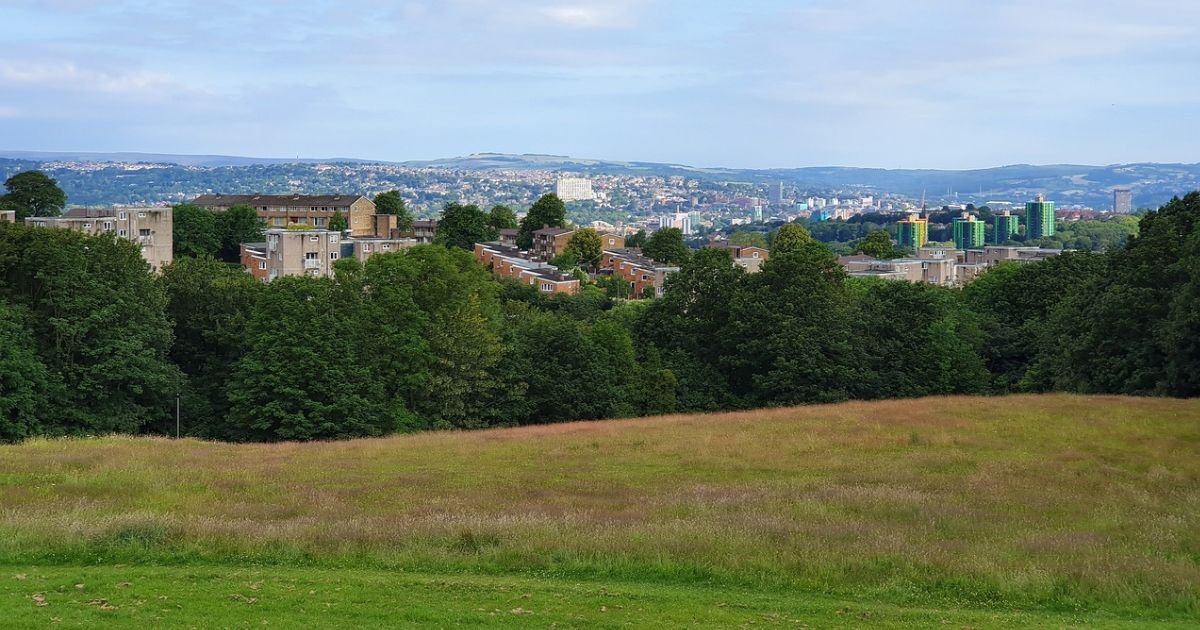In the heart of Sheffield, the Kelham Island Museum boasts the mighty River Don Engine, a 425-ton powerhouse that once shaped the city’s industrial destiny. Sheffield, known as “The Steel City,” was a cradle of the Industrial Revolution, fueled by the converging currents of the River Don and its tributaries.

However, a remarkable transformation has taken place over the years, turning Sheffield into the greenest city center in Great Britain. From its hilly terrain to the confluence of water sources, Sheffield has evolved from a steel-centric metropolis to a haven of parks, woodlands, and gardens.
The city faced a pivotal moment in 2012 when controversy surrounded the felling of healthy trees. This sparked a green revolution, leading to the creation of the Sheffield Street Trees Partnership (SSTP) in 2019. Today, Sheffield boasts a remarkable statistic—over 4.5 million trees, outnumbering its human population of just over 550,000.

Nathan Edwards, Chair of SSTP, notes the city’s profound connection to green spaces. “The street tree-felling incident reenergized and brought to the fore something that perhaps was always there,” he said. This shift led to Sheffield being recognized as one of the international Tree Cities of the World in 2022.
The city’s commitment to greenery is showcased in the ambitious Greenground Map, celebrating 800 green spaces. Estonian graphic designer Helen Ilus, who crafted the map, attests to Sheffield’s uniqueness, citing its vast open spaces and opportunities for an active lifestyle.
Exploring Sheffield’s green side reveals a blend of history and innovation. The Sheffield Round Walk, with extensions into the city center, unveils the city’s natural and industrial heritage. The journey spans from the River Don Engine through historical sites like Shepherd Wheel Workshop, reflecting Sheffield’s reliance on natural resources for its industrial past.

Sheffield’s green embrace extends to parks like Endcliffe Park, Sheffield Botanical Gardens, and Weston Park. Dr. Laura Alston of the Botanical Gardens highlights the city’s fortune in having abundant green spaces even in urban environments.
The success of the “Grey to Green” project in West Bar exemplifies Sheffield’s commitment to regeneration. A once-neglected area is now a thriving corridor of biodiversity, featuring recycled soil and carefully selected plants to enhance air quality and welcome wildlife.

Further exploration through parks and green spaces leads to Norfolk Heritage Park, a Victorian creation offering history, play, and escape. Sheffield’s greenery extends beyond its city limits, making it the second-greenest city in Europe after Oslo, according to Mark Mobbs of Sheffield City Council.

Mobbs emphasizes the unique accessibility of Sheffield’s green spaces, defining the city’s identity. Sheffield is a place where “nature and culture go hand in hand,” he says. This harmony between greenery and urban life ensures that Sheffield evolves sustainably, preserving its rich industrial past while embracing a green future for generations to come.
